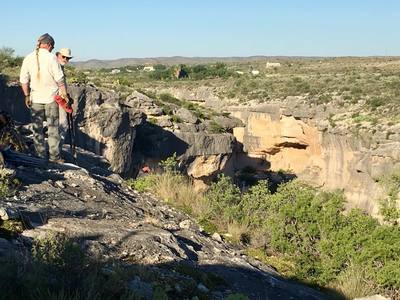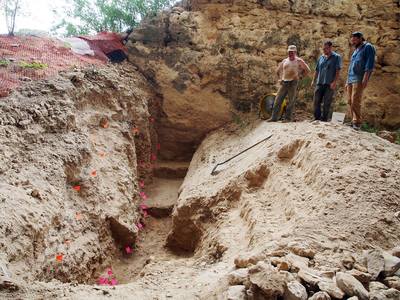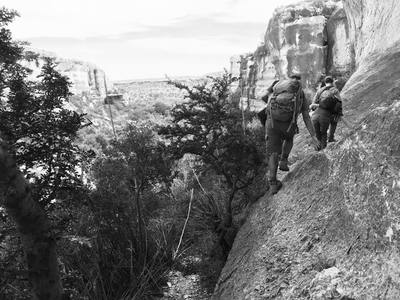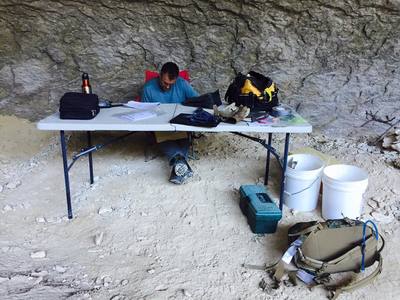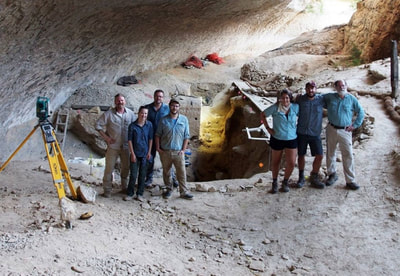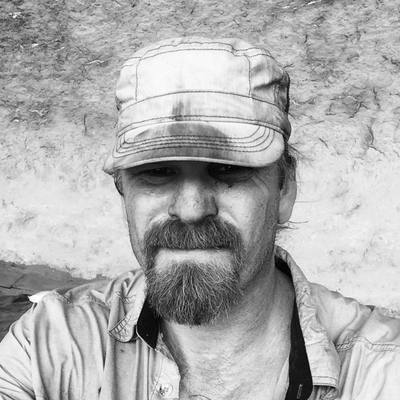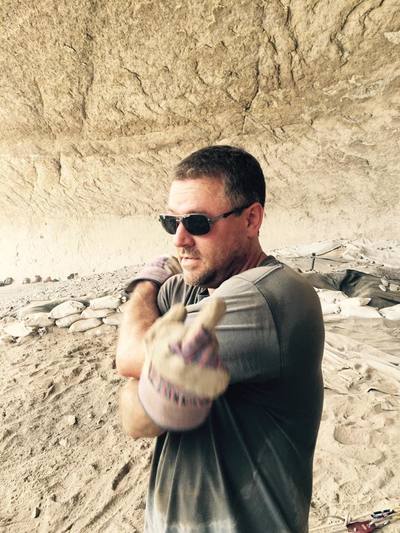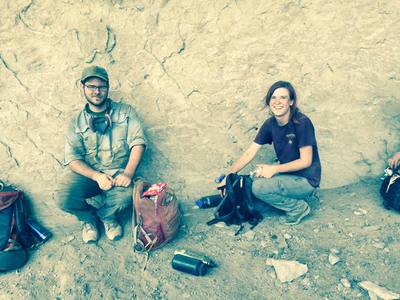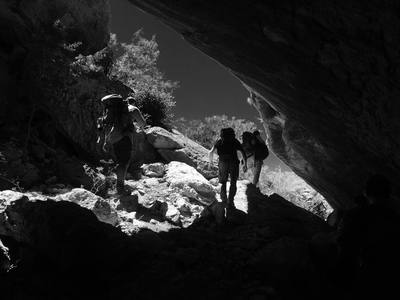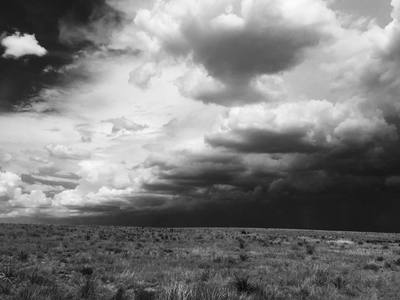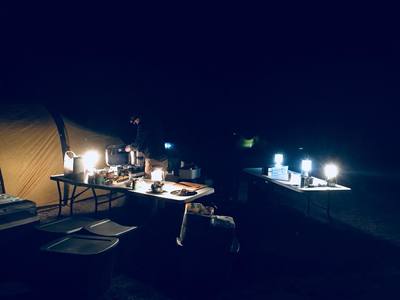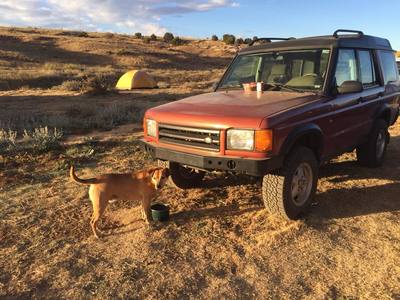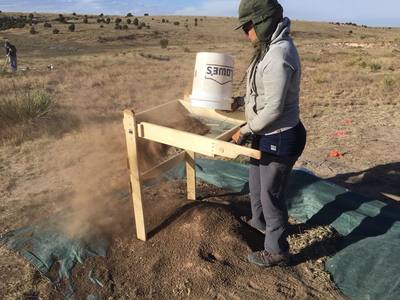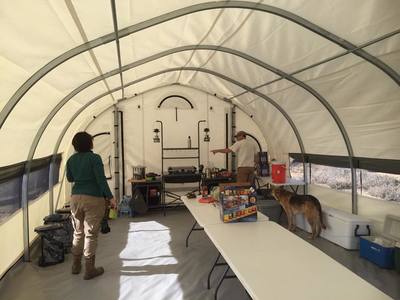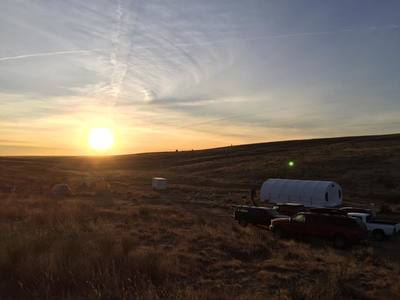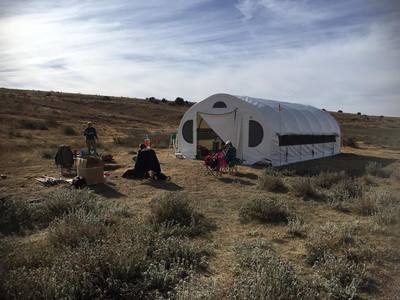Archaeological Fieldwork
Mockingbird Gap Clovis site, New Mexico
Mockingbird Gap is a large Clovis camp site located above an arroyo in the Rio Grande Rift Valley. Surveys and excavations have recovered an extensive lithic assemblage at the site including well over 200 Clovis projectile points. Analysis of the raw materials used to manufacture the stone tools show that the Mockingbird Gap site seems to lie in the southeast corner of a large raw material catchment area extending over an extensive region of northern and western New Mexico. Excavations at the site suggest the manufacture of stone tools, and processing of game likely hunted in the adjacent arroyo. These results suggest this hunter-gatherer population had a large home range, with a detailed knowledge of the resources available over an extensive landscape, perhaps accessed seasonally. The extent of the lithic assemblage at Mockingbird Gap provides a rare glimpse into the paleoecology of these early Paleoindian hunter-gatherers, maybe the first colonists of this region of the US Southwest. There are indications of Paleoindian archaeology throughout this part of the Rio Grande Rift Valley and future research will concentrate on understanding how Paleoindian populations adapted to these varied landscapes.
Bonfire Shelter, Texas
Bonfire Shelter is a rock shelter located in a side canyon of the Rio Grande not far from the Mexican border. The rock shelter includes a deeply-stratified sequence of faunal remains, bison jumps, processing areas, and camping events spanning the late Archaic into the Paleoindian periods and beyond. The Paleoindian jump has been dated to ~12,000 BP. This is the earliest bison jump known in North America and seems to be associated with a Plainview (and possible Folsom) occupation. As such, the archaeological record at Bonfire Shelter provides a unique insight into a complex collective hunting behavior not seen before in Paleoindian hunter-gatherer populations. The deepest deposits at Bonfire Shelter include extinct Pleistocene megafaunal remains dating to before 14,600 BP, and therefore may pre-date Clovis. However, to date evidence of human activity in these earliest deposits is equivocal. At Bonfire, I worked with colleagues from Texas State University to establish a detailed chronostratigraphic sequence of the site, assess the nature, number, and timing of the bison jump events, and determine whether humans were involved in the deposition of deepest megafaunal deposits. We also worked to stabilize the site to ensure its preservation into the future. We completed work at the site in June, 2022.
